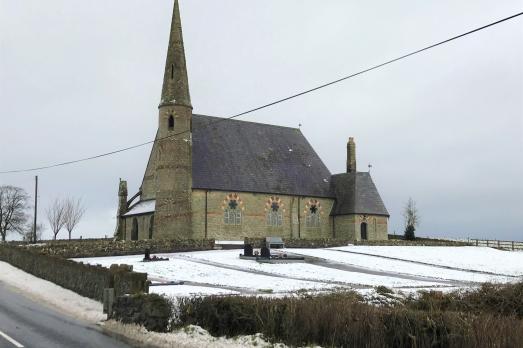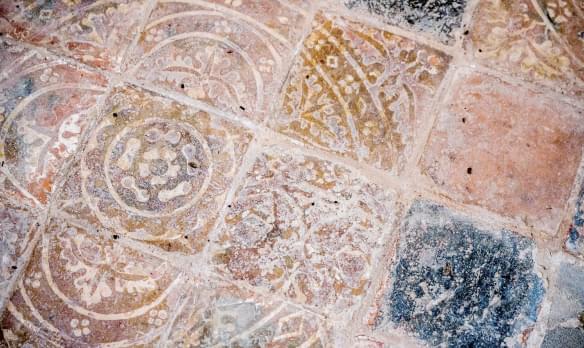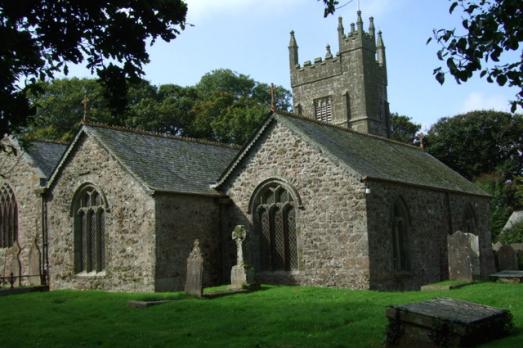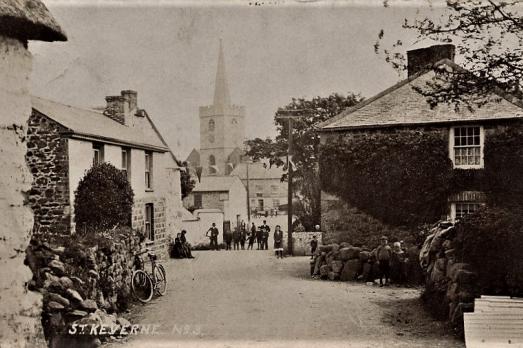
St Patrick
Ballyclog, County Tyrone | BT71 5LL
Ballyclog has centuries of Christian history, historic church ruins, a stunningly beautiful 'new' church opened in 1865 and friendly knowledgeable guides called The Friends of Ballyclog.
Search for a fascinating place to visit, or see the variety of churches, chapels and meeting houses we have supported.

Ballyclog, County Tyrone | BT71 5LL
Ballyclog has centuries of Christian history, historic church ruins, a stunningly beautiful 'new' church opened in 1865 and friendly knowledgeable guides called The Friends of Ballyclog.

Dungannon, County Tyrone | BT7O 3AF
The Church of the Assumption was built in 1952 and attracted the interest of conservationists because of its interior decoration.
We have supported this church

Gwithian, Cornwall | TR27 5BX
We have supported this church

Constantine, Cornwall | TR11 5AB
We have supported this church
Newmills, County Tyrone | BT71 4DX
Tullanisken Parish, is located in Newmills just outside Dungannon, a great community village that is worth a visit.

Ardrossan, Strathclyde | KA22 8DU
Designed mainly by architect Dr Jack Coia and opened in 1938, St Peter in Chains has distinctly Scandinavian influences, with the tower said to be reminscent of Stockholm Town Hall. It has a simple light interior.
We have supported this church

Ballygawley, County Tyrone | BT70 1TA
St Paul's church was built around 1732 and rebuilt in 1768, becoming cruciform by the addition of an apse and transepts and a low bell tower.
We have supported this church

Wendron, Cornwall | TR13 0EA
Wendron parish church is a Grade I listed 15th century church restored in 1867-9.
We have supported this church

Gwinear, Cornwall | TR27 5JZ
St Gwinear’s battlemented granite tower with its square stair turret can be accurately dated to 1441, when a bequest was made to build it.

Giffnock, City of Glasgow | G46 6JR
Built in 1899 from the design of a church in Oxford, has a Norman tower.

St Keverne, Cornwall | TR12 6NE
This is one of Cornwall’s largest and architecturally most intriguing churches, retaining an open feel partly because the pews were removed altogether at one time and when replaced in the 1970s wide alleyways were left, as they would have been in medieval times, to allow for processions to pass easily.

Torphichen, Lothian | EH48 4NB
The history of this unusual site with its two buildings begins in the 12th century when the order of St John of Jerusalem was given charge to build a preceptory.